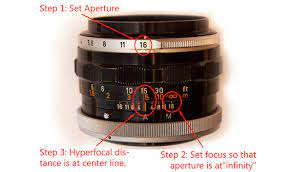Ah, this could be the reason. With my ZM 3.5/18mm I never noticed such effects, but as I said I never compared film vs digital with that lens. My Distagon is the ZF.2 version, I think it hit the market roughly about 15 yrs ago, so it is not the newest design. My feeling is that it behaves more like the older Zeiss Distagon lenses. It is very sharp, good for crisp contrast and great for landscape, smaller and lighter than the famous 2.8/21mm (I do not need superfast wide angle lenses for my way of shooting). But like any extreme lens, it also has some shortcomings: its slightly moustache-like barrel distortion can be disturbing if architecture with straight horizontal lines is the motive, and its heavy-sided field curvature can be distracting when shooting closer objects. But overall, I like this lens, I even used it for street shooting.


